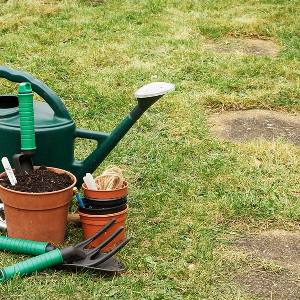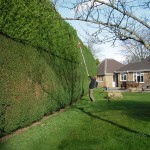How to Winterize Your Lawn

After the summer season says goodbye, golden leaves begin returning. This is the same time when people prepare their lawn for winter. Believe it or not, fall is the best time of year to feed the cool season grass. This includes, turf grass, tall fescue, Kentucky bluegrass, ryegrass, and fine fescues just to name a few. As a rule of thumb, fall is one of the best times to fertilise because your lawn has passed through the stressful period of the summer heat.
Of course, it helps that during the fall season there is less competition from those pesky weeds and insects. Ironically, these types of grass grow best during cooler weather. According to some lawn experts, it’s best to consider winter fertilisation between Labour Day and Thanksgiving.
Things Required:
– Spreader
– Rake
– Soil test kit
– Lawn
– Fertiliser (Chemical or natural)
Instructions
-
1
First, test your lawn’s soil and check if there is any scarcity of nutrients. You can purchase a soil test kit and send it to a laboratory for a complete evaluation.
-
2
Get rid of any leaves present in your lawn. You can use rake for that purpose. Also, mow the grass and reduce the height to around 1 inch, as you will not want moisture to stay in the grass during the winter season to prevent any lawn diseases.
-
3
When choosing a fertiliser pay close attention to the lawn area that the bag will cover as well as the recommended rates. You should use a slow release product which will give nutrients over a period of time rather than all at once.
-
4
Some products on the market are seasonal packaged which can be purchased at your local lawn and garden care centre. There are a number of brands available in the market when it comes to purchasing fertiliser. You can consult with a professional or your friends who have lawns in their homes. A good fertiliser will not only allow you have a healthier lawn in the spring but it will build stronger roots to protect your lawn through the winter.
-
5
As with all products, make sure you read and follow all instructions. It’s important that you do not over or under feed your lawn.
-
6
Fertilise with a spreader. There are many types of spreaders available. Here, it is recommended that you should consider using a spreader with a garden guard. That way you can avoid spreading seed or fertiliser in unwanted areas.




